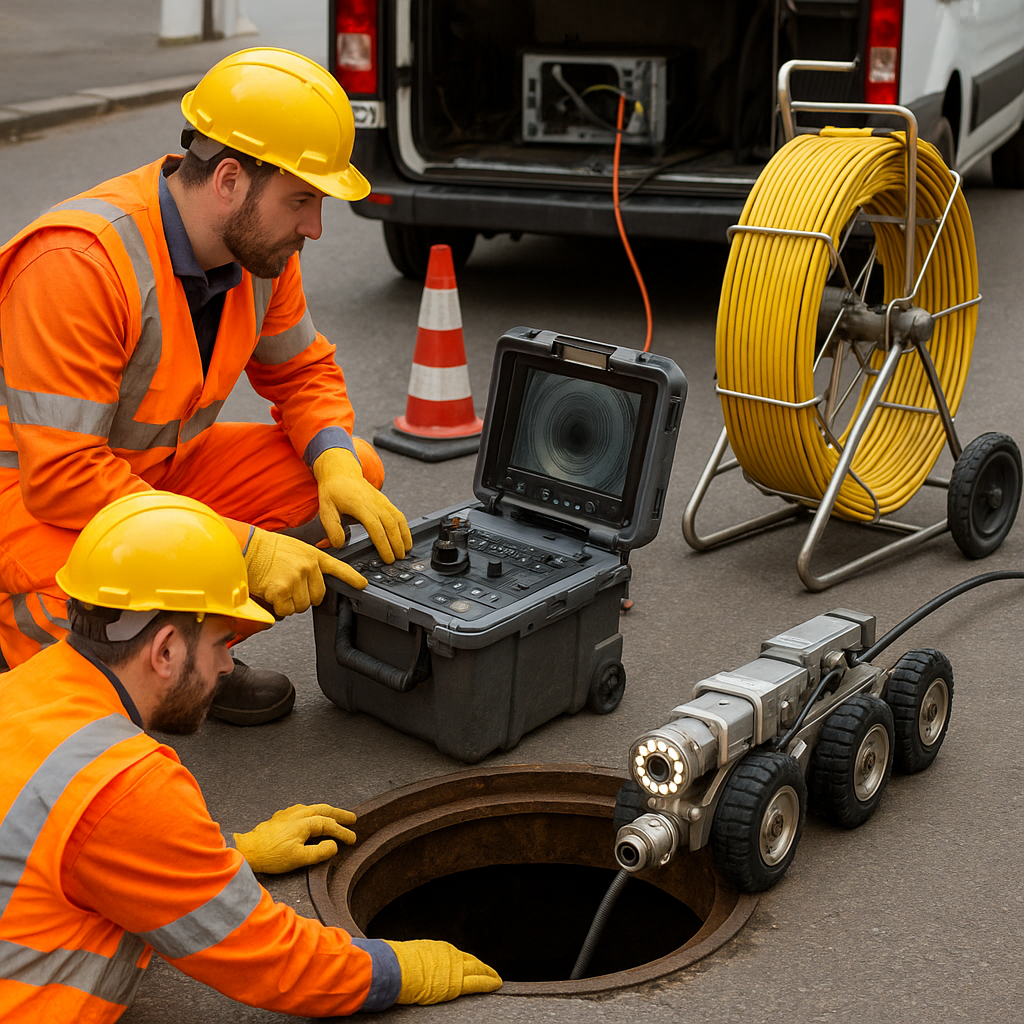Unlocking Success: Sewer Inspection Case Studies
Explore detailed sewer inspection case studies, showcasing real-world solutions and innovative techniques for professionals.

Unlocking Success: Sewer Inspection Case Studies
Introduction
In the evolving world of sewer inspection, understanding real-world applications through case studies is invaluable. These stories not only highlight successful outcomes but also illustrate innovative techniques and solutions that can be applied in your own projects.
The Importance of Case Studies in Sewer Inspection
Why Case Studies Matter
Case studies provide practical insights into the challenges and solutions encountered in sewer inspection projects. They allow professionals to:
- Learn from real-world applications
- Understand the effectiveness of various techniques
- Gain insights into cost-saving measures
- Improve problem-solving skills
Industry Trends Influencing Sewer Inspections
The sewer inspection industry is witnessing significant advancements, particularly in the use of technology. Key trends include:
- CCTV Technology: Advanced camera systems for detailed pipe inspections.
- Robotics: Use of robots for inspections in hard-to-reach areas.
- Data Analytics: Leveraging data for predictive maintenance.
Detailed Sewer Inspection Case Studies
Case Study 1: Urban Sewer System Overhaul
Project Overview: A major city faced frequent sewer backups due to aging infrastructure. The city council decided to undertake a comprehensive inspection and rehabilitation project.
Challenges:
- Extensive network of outdated pipes
- Limited budget constraints
Solution Implemented:
- CCTV Inspection: Advanced cameras were used to map the entire network.
- Trenchless Technology: Employed for pipe relining, reducing surface disruption.
Outcome:
- Significant reduction in sewer backups
- Cost savings of 25% compared to traditional methods
Case Study 2: Industrial Facility Sewer Inspection
Project Overview: An industrial facility experienced unexplained blockages affecting production. A detailed sewer inspection was required to identify the issue.
Challenges:
- Complex sewer layout
- High safety standards due to chemical exposure
Solution Implemented:
- Robotic Inspectors: Used to safely navigate and inspect the sewer lines.
- Advanced Mapping Software: Created a detailed map to identify blockage points.
Outcome:
- Blockage causes identified and resolved
- Improved flow efficiency by 40%
Practical Tips for Successful Sewer Inspections
Pre-Inspection Planning
- Define Objectives: Clearly outline what you aim to achieve.
- Assess Equipment Needs: Ensure all tools and technology are available.
Execution Strategies
- Utilize Technology: Leverage CCTV and robotics for thorough inspections.
- Data Analysis: Use data collected to make informed decisions.
Post-Inspection Follow-Up
- Detailed Reporting: Provide comprehensive reports to stakeholders.
- Continuous Monitoring: Implement systems for ongoing monitoring.
Conclusion
Sewer inspections are critical in maintaining infrastructure health and efficiency. By examining case studies, professionals can adopt best practices and innovative solutions that enhance project outcomes.
Resources for Further Learning
- Industry Journals: Subscribe to publications like "Trenchless Technology Magazine."
- Professional Networks: Join organizations such as the National Association of Sewer Service Companies (NASSCO).